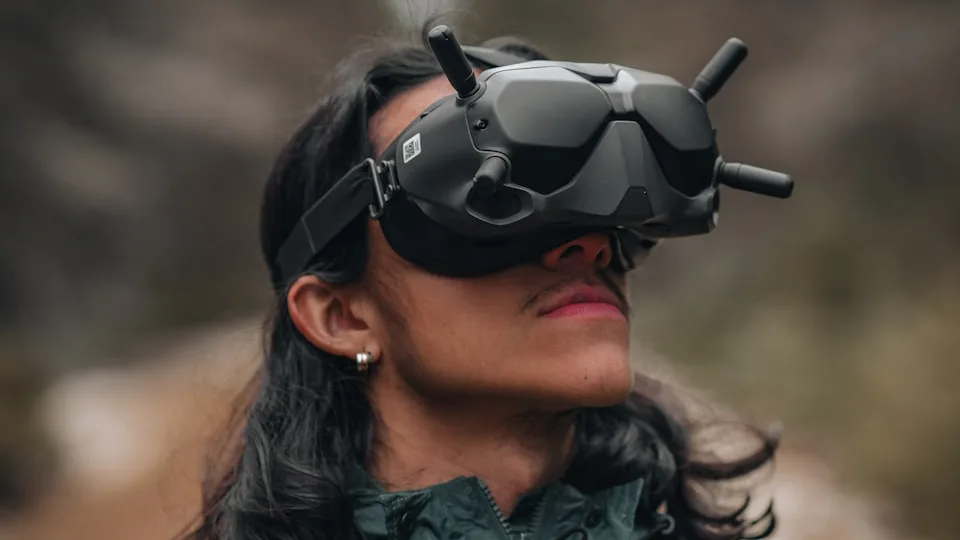Travel has always been about exploring new places and experiencing different cultures. However, with advancements in technology, the concept of travel has evolved. Virtual reality (VR) now allows us to explore the world without leaving our homes. This guide delves into the fascinating world of virtual reality travel, showcasing how you can traverse the globe virtually, from the mysteries of ancient ruins to the depths of the ocean.
1. The Basics of Virtual Reality Travel

Virtual reality travel uses VR headsets to immerse users in a digital environment that simulates real-world locations. This technology not only shows panoramic views of these places but also allows users to interact with their surroundings. Devices like Oculus Rift, HTC Vive, and Google Daydream provide platforms where users can load various VR travel experiences.
2. Popular VR Travel Apps and Experiences

There are several VR applications designed for travel. Google Earth VR lets users fly over cities and landscapes from around the globe, offering a bird’s eye view that’s both breathtaking and educational. Other apps like Wander or VeeR VR take users on guided tours to landmarks and natural wonders, complete with historical facts and user interaction.
3. Educational Opportunities

VR travel serves as a powerful educational tool. It can transport students to historical sites around the world for a more immersive learning experience. Imagine walking through the Colosseum in Rome or exploring the Great Barrier Reef from your living room—VR makes all this possible in an engaging and interactive manner.
4. Therapeutic Uses

Virtual travel also offers therapeutic benefits, especially for those who are unable to travel due to health reasons or mobility limitations. It allows elderly or disabled individuals to experience the joy and excitement of travel without the physical demands.
5. The Future of VR Travel

As technology advances, the experiences offered by VR travel are becoming more realistic and interactive. Future developments may include more sensory elements such as touch and smell, making virtual travel even more immersive. This could redefine the travel industry, offering sustainable and accessible options for everyone to explore the world.
Conclusion
Virtual reality travel opens up a new frontier in exploration, allowing people from all walks of life to experience the wonders of the world. Whether for education, therapy, or pure enjoyment, VR travel offers a myriad of opportunities to explore places that were once out of reach, all from the comfort of your own home.